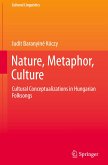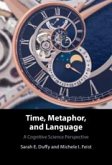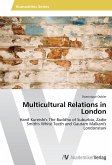Revision with unchanged content. A great deal of literature recognizes that metaphors exploit similarities. However, there is little empirical research on how people from different cul tu ral backgrounds perceive similarity in metaphor in its simplest form X (target) is Y (source). This study thus investigates the perception of similarity in me ta phors from two cultural backgrounds (Arabic speakers & English speakers). A major focus is set on how the distinction between metaphors and their re la ted similes culturally affects the way similarity is perceived. Given that simi la rity is a vacuous term since any two things can be similar in one way or an other, this study sets three major parameters ; physical, behavioural, and evaluative) against which the interpretations of the two cultural groups are weighed. The analysis should help to answer the following questions:- How consistently do American and Arabian university students interpret me ta phors and their related similes when the metaphors and similes are presented out of context?- Does the gender of the target term make a difference in in terpreting metaphors and their structurally related similes?-How consistently do American and Arabian university students consider their interpretation of metaphors and similes to have a cultural origin?- What cues do the par ti ci pant groups use in distinguishing metaphors from non - metaphors?
Hinweis: Dieser Artikel kann nur an eine deutsche Lieferadresse ausgeliefert werden.
Hinweis: Dieser Artikel kann nur an eine deutsche Lieferadresse ausgeliefert werden.








